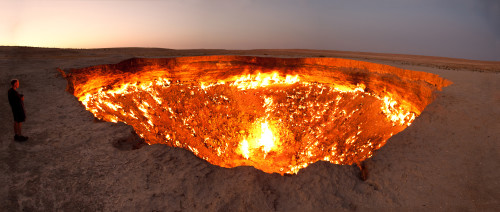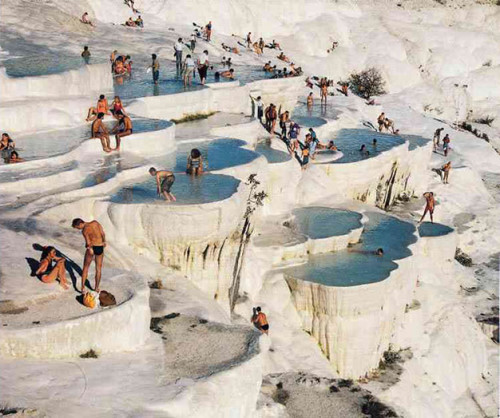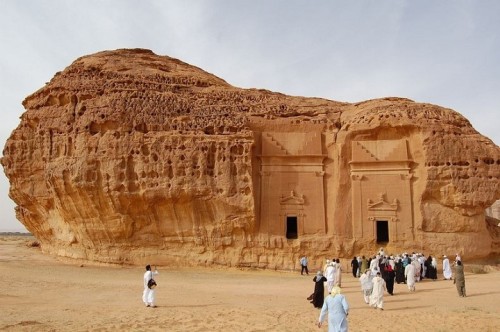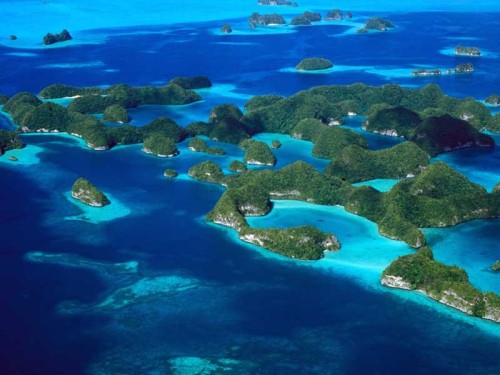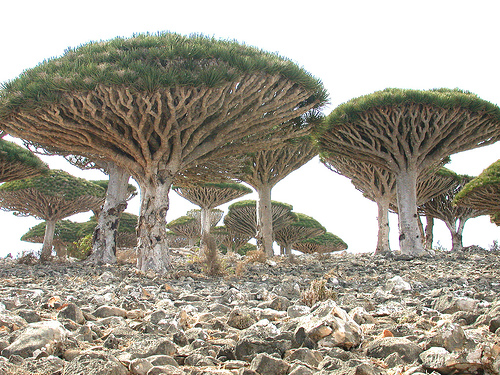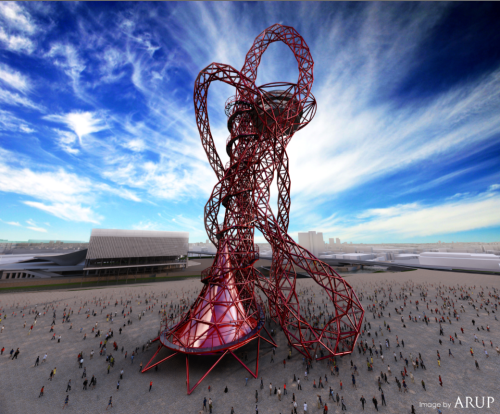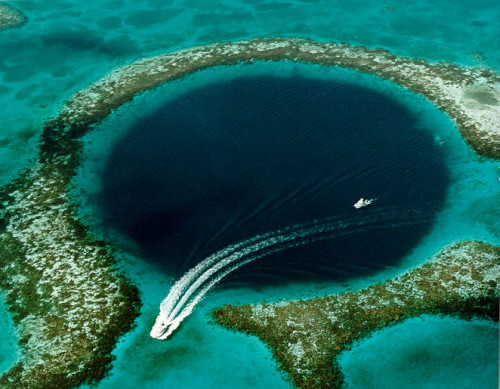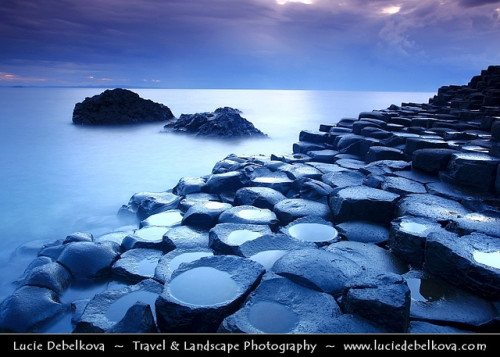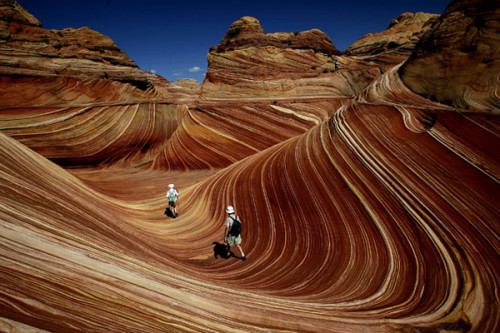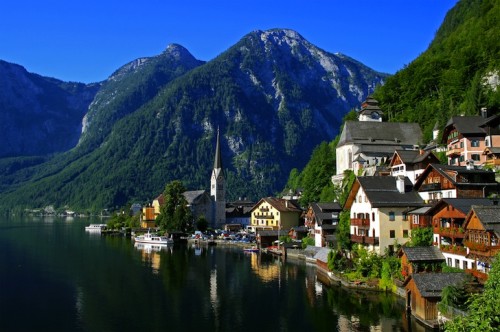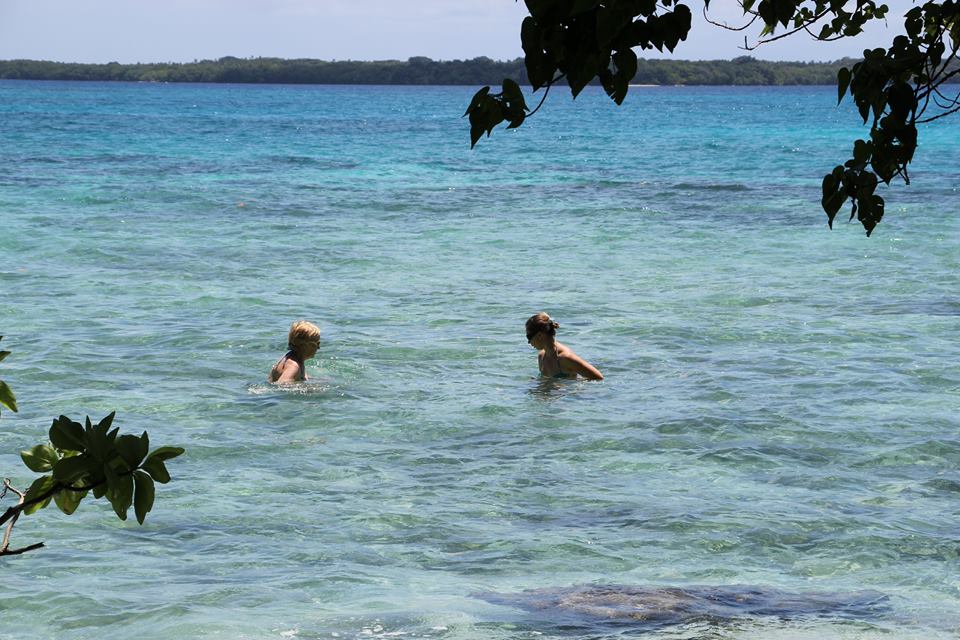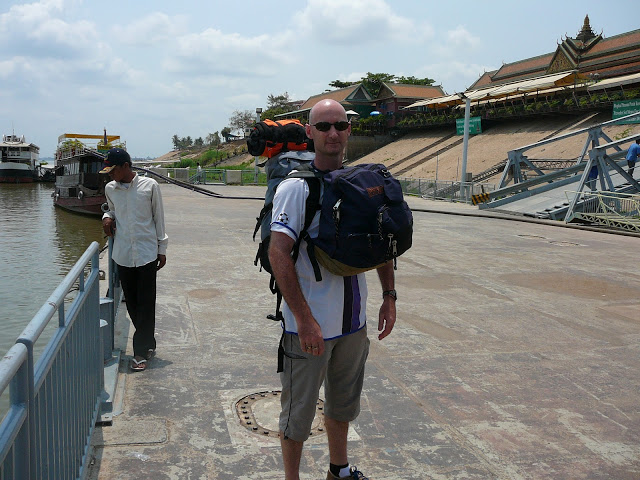This is part 3 of a 10 part series that focuses on 100 unusual and fascinating tourist attractions from around the globe.
Some we have been lucky enough to visit, yet some we yearn to set foot. From the weird and wacky, freaky to wondrous… Take a stroll through the series.
Pamukkale, Turkey
Popular since ancient times, the Pamukkale hot springs are one of Turkey’s top attractions. The name itself means “Cotton Castle,” which describes the fluffy-looking mineral deposits.
Madain Salih, Saudi Arabia
Madain Salih encompasses the largest preserved remains of the Nabateans, an ancient people who settled northern Arabia, south of Petra in Jordan. The site contains monumental tombs and wells carved into the sandstone dating from the 1st century BC. It owes its remarkable state of preservation to early abandonment, arid climate and lack of pillaging and reuse.
Rock Islands Southern Lagoon, Palau
The Rock Islands Southern Lagoon, named a UNESCO World Heritage site in 2012, encompasses coral reefs, caves, 445 limestone islands and 52 marine lakes. This varied landscape has given rise to abundant marine diversity that includes many endemic species.
Darvaza, Turkmenistan
In the Karakum Desert in northern Turkmenistan, a fiery pit has burned since at least the 1970s. The burning crater, called the “Gates of Hell” by some locals, was formed by accident. Engineers who were drilling for natural gas had stumbled upon a cavern with gas emanating from it. To contain the potentially harmful gas’ release, they set it ablaze, hoping it would burn out in a few days.
Socotra Island, Yemen
Isolated from continental land masses for 18 million years, Yemen’s Socotra Island showcases an alien-like landscape with unusual plants and animals, such as the blood dragon tree, pictured, and desert rose. Its high degree of biodiversity has earned it the name the “Galapagos of the Indian Ocean.”
Socotra is the largest of four islands of the Socotra Archipelago. Its long geographic isolation has given rise to an abundance of flora and fauna found only on the island. Of Socotra’s 825 plant species, 37% are endemic. Ninety percent of its reptile and 95% of its land snail species are also unique to the island. Not surprisingly, Socotra is increasingly popular with eco-tourists.
“Orbit,” London
“Orbit,” from Anish Kapoor, the artist behind “Cloud Gate” at Chicago’s Millennium Park, rises about 377 feet above Olympic Park near Olympic Stadium. Kapoor designed the work to convey movement and instability, ideas not usually associated with towers.
Great Blue Hole, Belize
There are many blue holes off the coast of Belize, but the “great” Blue Hole on Lighthouse Reef Atoll is the one most visible in a flyover–and the most famous one for diving. The hole is about 1,000 feet in diameter and 412 feet deep. The Blue Hole sits on the Lighthouse Reef Atoll, about 50 miles east of Belize City.
The late Jacques Cousteau and a filming crew explored the underwater cave whose roof collapsed about 10,000 years ago.
The Giant’s Causeway, Northern Ireland
The Giant’s Causeway, at the foot of basalt cliffs in Northern Ireland, is made up of 40,000 black basalt columns jutting out of the ocean. Volcanic activity 50 million to 60 million years ago created these step-like columns on the edge of the Antrim plateau.
The tops of the causeway columns form “stepping stones” that lead from the foot of the cliff and disappear under the sea. Legend has it that the mythical hunter-warrior Fionn mac Cumhaill (Finn McCool) built the causeway to aid in the fight against Benandonner, his Scottish counterpart.
The Wave, Arizona
Close your eyes and imagine yourself walking into a humongous vat of cinnamon taffy. That’s what comes to my mind when look at this this weird, dreamlike world of swirling colors and psychedelic patterns. Maybe it was the desert heat, but it all looked like gooey taffy, stretched over huge mounds and 50-foot canyon walls. The surrounding buttes were heaps of melting rocky road ice cream.
The Wave is like an enormous Olympic-size swimming pool, with swooning, undulating walls lined with burnt sienna, pink, gray, turquoise and pale green. The bands mostly run horizontally, but at spots they zigzag and shimmy before falling back into their previous pattern.
Hallstatt project, Huizhou, China
Until recently, if you wanted to see a picturesque Austrian town, you had to travel to Europe. Not anymore, thanks to China’s Minmetals Land Limited. The real estate development company officially unveiled its Hallstatt project, a replica of an Austrian town of the same name, in early June. The look-alike, which offers high-end residential living, is found in Huizhou, a city in south-east China about 60 miles north-east of Hong Kong.
